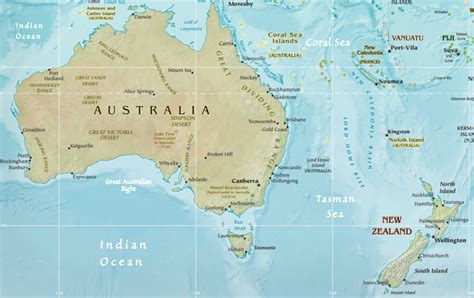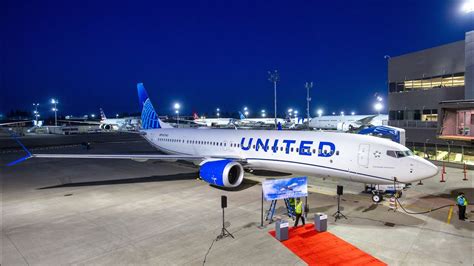EU economic news is playing out with devastating effect among the region’s airlines. Five EU airlines have collapse in the last few months. Air Alps, Czech Connect, Cirrus, Spanair and Malév.
More are at risk – Aer Lingus, TAP and LOT. State airline support within the EU is waning. Many of these airlines are old names in the business – Malév was in business for 66 years. Malév said that as its suppliers lost confidence they demanded to be paid in cash. The nature of the airline business is that they run like supermarkets. They charge for supplies but can never pay cash. Once suppliers demand cash, no airline can survive for long.
The collapse of these EU airlines offers an opportunity for the arriviste of the industry. Specifically this would be cash-rich airlines in the Gulf clamoring for more EU slot access. If they were to own an EU airline the slot problem would diminish considerably. Hence the clever move by Etihad buying into airBerlin. Airlines in China might also consider this, but aviation relations between the EU and China are frosty at this writing.
State owned airlines are an anachronism. Airlines are too risky and no longer offer “jobs for pals” within the EU; and this is the case in most countries these days. Airlines cannot survive if they have too many employees. To qualify this, take the example of a successful airline – in 2010 Southwest handled 2,513 passengers per employee. By comparison Delta handled 1,369 and American 1,315. The following chart provides another measure of how airlines continually try to squeeze more out their people.
 Both US and EU airlines have been aiming at increased efficiency. The dotted green line (using right axis) shows by how much the US airlines have been able to get their labor force to work harder than the EU airline labor force. The delta between US and EU airlines is quite remarkable. A number of US airlines recently started to show profits. The chart, obviously, does not show the pain suffered by staff who lost their jobs.
Both US and EU airlines have been aiming at increased efficiency. The dotted green line (using right axis) shows by how much the US airlines have been able to get their labor force to work harder than the EU airline labor force. The delta between US and EU airlines is quite remarkable. A number of US airlines recently started to show profits. The chart, obviously, does not show the pain suffered by staff who lost their jobs.
The EU airlines still on brink face trying times – weaker demand; poor capitalization and robust and aggressive LCCs. Within the US we have seen Chapter 11 help the legacy airlines cut their costs to become competitive with the likes of Southwest.
US and EU airlines provide great lessons – the race to lower costs never ends. State support only delays the inevitable; it is a band aid that offers no cure to the fundamental illness of too much cost. We will see additional failures in the EU this year, as several other carriers continue to struggle, and LCCs swoop in to take the most profitable routes when they fail.
Views: 1




So does your data chart include LCCs? While the issue of zombie legacy carriers in Europe is certainly valid, comparing legacy long haul carriers with multiple aircraft types with southwest is rather poor . Interesting would be plotting the various legacies in Europe against each other.
EAA told us “We have put together a time series of earnings (US$) per employee for (a very large sample of) AEA airlines since 1995” so I guess LCCs might be included as they are for the US. We doubt EAA would break down the numbers by carrier.
On Topic : There will most likely be a couple more acquisitions of European airlines by ME companies in 2012.
Off Topic : This place offers more spot-on analysis than most of the “aviation advisor” swindlers out there.
(blush) thanks!
Agree to that.
General remark: there is boatloads of sites offering analysis and opinion about the airline industry, but very few mention the engines to any greater depth. I think there is a missed opportunity here. We all know how important the engine is to the aircraft.
With that much of a difference in “squeeze” shouldn’t the A4A carriers
be swimming in profits?
IMHO you are to much focusing on state owned or not while in the case of
Malev a look at Hungary’s general economic situation gives a much better explanation.